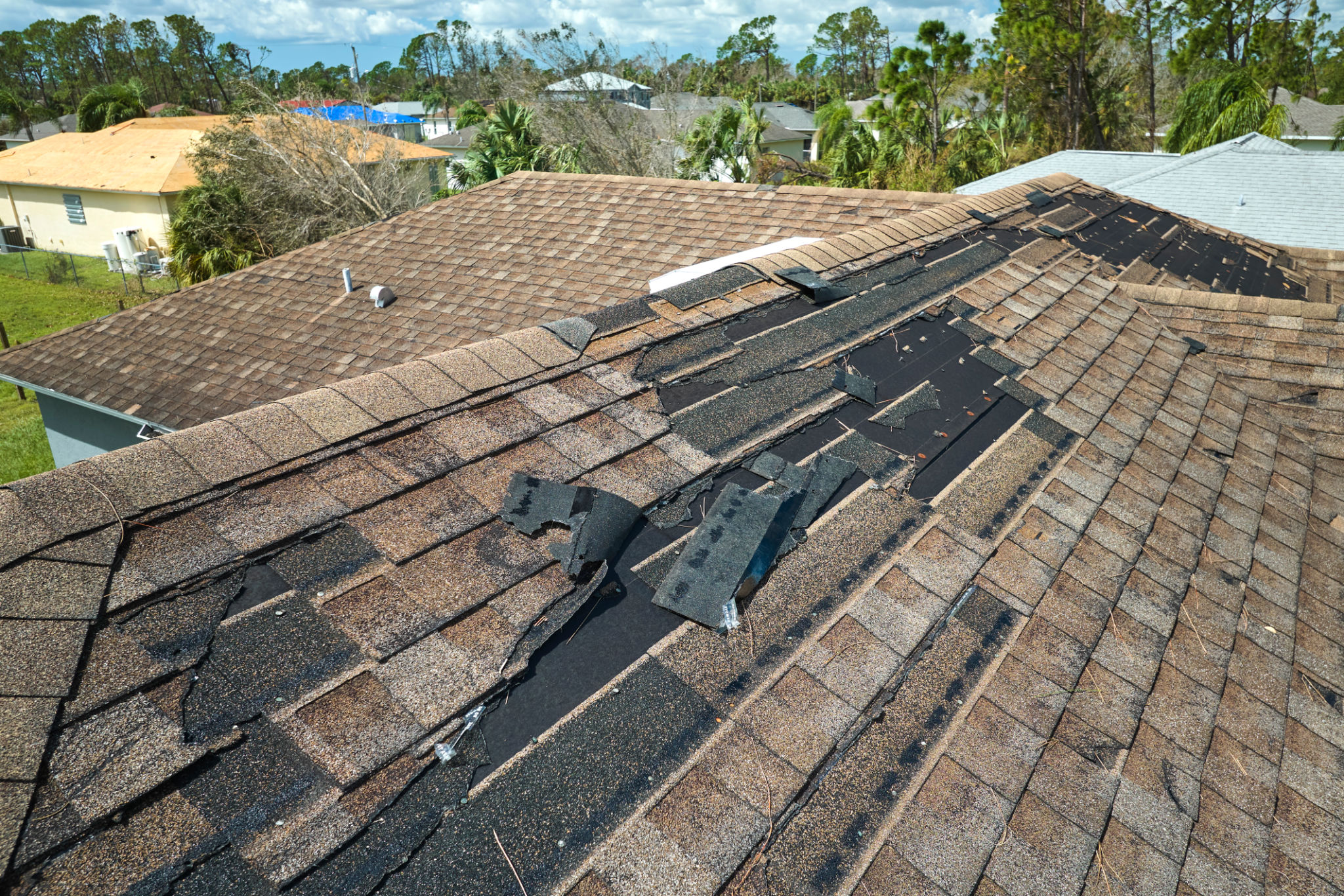Case Study: Successful Roof Repairs Post-Storm in Nova Scotia
Introduction
In the wake of severe storms, many homeowners in Nova Scotia faced significant challenges with roof damage. This case study explores a successful approach to roof repairs post-storm, highlighting strategies that ensured timely and effective restoration. By understanding these methods, homeowners and contractors alike can prepare for future storm-related damages.
Nova Scotia's coastal weather patterns often result in unpredictable storms, leading to frequent damage. However, the success of recent roof repair initiatives offers valuable lessons for addressing these challenges efficiently.

Assessment and Planning
The first step in any successful repair project is a comprehensive assessment. After the storm, professional inspectors conducted thorough evaluations of affected homes. They identified the extent of the damage, noting both visible and hidden issues that could lead to future complications if left unaddressed.
Once assessments were complete, detailed repair plans were developed. These plans prioritized essential repairs while considering the specific needs of each home. This personalized approach ensured that resources were used effectively, minimizing waste and maximizing impact.
Prioritizing Urgent Repairs
Urgency was a key factor in the repair process. Homes with major structural damages or leaks were attended to first to prevent further deterioration. The use of tarps and temporary covers helped protect interiors until permanent solutions could be implemented. This proactive strategy mitigated additional damage and reduced long-term repair costs.

Execution and Techniques
The execution phase involved deploying skilled technicians equipped with the latest tools and materials. Quality workmanship was crucial, ensuring that repairs would withstand future storms. Contractors employed a variety of techniques, such as reinforcing roof structures, replacing damaged shingles, and improving drainage systems to prevent water accumulation.
Innovative materials were also introduced, including durable shingles designed to endure harsh weather conditions. These materials not only improved the resilience of roofs but also enhanced their energy efficiency, providing homeowners with added benefits.
Collaboration with Local Authorities
Collaboration with local authorities played a significant role in the success of these projects. By working together, contractors and government bodies streamlined permit processes and secured funding for necessary repairs. This cooperation ensured that repairs were completed in a timely manner, reducing the inconvenience for affected residents.

Community Impact
The successful roof repairs had a profound impact on the Nova Scotia community. Restored homes improved property values and provided residents with peace of mind. Moreover, the projects created employment opportunities, boosting the local economy during a challenging time.
Community workshops were organized to educate homeowners on preventive measures and maintenance tips. These initiatives empowered residents to take proactive steps in safeguarding their homes against future storms.
Lessons Learned
This case study underlines the importance of preparedness and swift action in disaster recovery efforts. It highlights the need for regular inspections, effective planning, and collaborative efforts between various stakeholders. By learning from these experiences, Nova Scotia is better equipped to handle future storms, ensuring safer and more resilient communities.
The success of this initiative serves as a model for other regions facing similar challenges, offering insights that can be adapted and applied elsewhere.